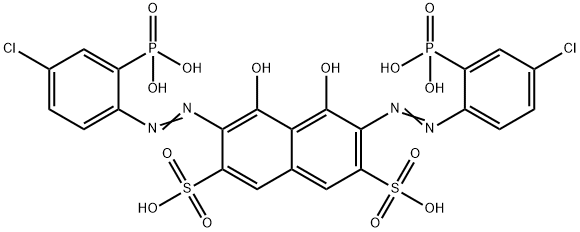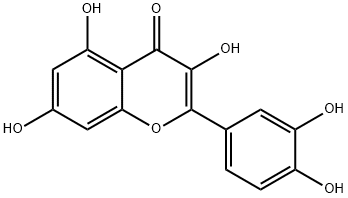Curcumin , 98%(synthesis) , 458-37-7
Synonym(s):
Curcumin;Diferuloylmethane;Diferulylmethane;Natural Yellow 3;(E,E)-1,7-bis(4-Hydroxy-3-methoxyphenyl)-1,6-heptadiene-3,5-dione
CAS NO.:458-37-7
Empirical Formula: C21H20O6
Molecular Weight: 368.38
MDL number: MFCD01868798
EINECS: 207-280-5
| Pack Size | Price | Stock | Quantity |
| 5g | RMB23.20 | In Stock |
|
| 25g | RMB43.20 | In Stock |
|
| 100g | RMB134.40 | In Stock |
|
| 500g | RMB599.20 | In Stock |
|
| others | Enquire |
PRODUCT Properties
| Melting point: | 183 °C |
| Boiling point: | 418.73°C (rough estimate) |
| Density | 0.93 |
| vapor density | 13 (vs air) |
| refractive index | 1.4155-1.4175 |
| Flash point: | 208.9±23.6 °C |
| storage temp. | 2-8°C |
| solubility | ethanol: 10 mg/mL |
| form | powder |
| pka | 8.09(at 25℃) |
| Colour Index | 75300 |
| color | orange |
| Odor | Odorless |
| PH Range | Yellow (7.8) to red-brown (9.2) |
| biological source | Curcuma longa (Turmeric) |
| Water Solubility | Slightly soluble (hot) |
| λmax | 430nm |
| Merck | 14,2673 |
| Solvent | Ethanol |
| Concentration | 1 mCi/ml |
| Specific Activity | 5-15 Ci/mmol |
| BRN | 2306965 |
| Stability: | Stable, but may be light sensitive. Incompatible with strong oxidizing agents. |
| Major Application | Cosmetics, drug-eluting stents, inhibition of formation of skin-wrinkles, treating alzheimer’s disease, skin diseases, coronary restenosis, diabetes, obesity, leukemia, neurofibromas, cancer, antimicrobial, antiviral, antiinflammatory, antiprostate cancer |
| InChIKey | VFLDPWHFBUODDF-FCXRPNKRSA-N |
| LogP | 3.290 (est) |
| CAS DataBase Reference | 458-37-7(CAS DataBase Reference) |
| EPA Substance Registry System | Curcumin (458-37-7) |
Description and Uses
Curcumin is the major yellow pigment in turmeric and curry and has antioxidant, anti-inflammatory, and antitumor activities. It inhibits nitric oxide (NO) production (IC50 = 6 μM) and reduces inducible nitric oxide synthase (iNOS) activity in LPS-stimulated RAW 264.7 cells. Curcumin inhibits release of histamine and the inflammatory cytokines TNF-α, IL-1β, IL-6, and IL-8 from HMC-1 mast cells. In vivo, curcumin decreases serum levels of histamine and TNF-α, inhibits histopathological changes of nasal mucosa, and decreases the number of sneezes and nasal rubbing in a mouse model of ovalbumin-induced rhinitis. Curcumin (100 or 200 mg/kg) prevents ovalbumin-induced accumulation of 3-nitrotyrosine (3-NT), a marker of oxidative stress, in mouse heart. Topical administration of curcumin (1-10 μmol) reduces the number of tumors induced by phorbol 12-myristate 13-acetate (TPA; ) in mouse skin. Dietary administration of curcumin reduces the number of tongue neoplasms and preneoplastic lesions induced by 4-nitroquinoline 1-oxide (4-NQO) in rats.
antiedemic, antiinflammatory, bile stimulant; antibacterial, antifungal, lipo/cyclooxygenase inhibitor
Safety
| Symbol(GHS) |   GHS02,GHS07 |
| Signal word | Danger |
| Hazard statements | H225-H319 |
| Precautionary statements | P210-P233-P240-P241-P242-P305+P351+P338 |
| Hazard Codes | Xi |
| Risk Statements | 36/37/38 |
| Safety Statements | 26 |
| WGK Germany | 3 |
| RTECS | MI5230000 |
| Hazard Note | Irritant |
| TSCA | Yes |
| HS Code | 29145000 |
| Hazardous Substances Data | 458-37-7(Hazardous Substances Data) |
| Toxicity | LD50 Oral-Rat-12.200 mg/kg |





